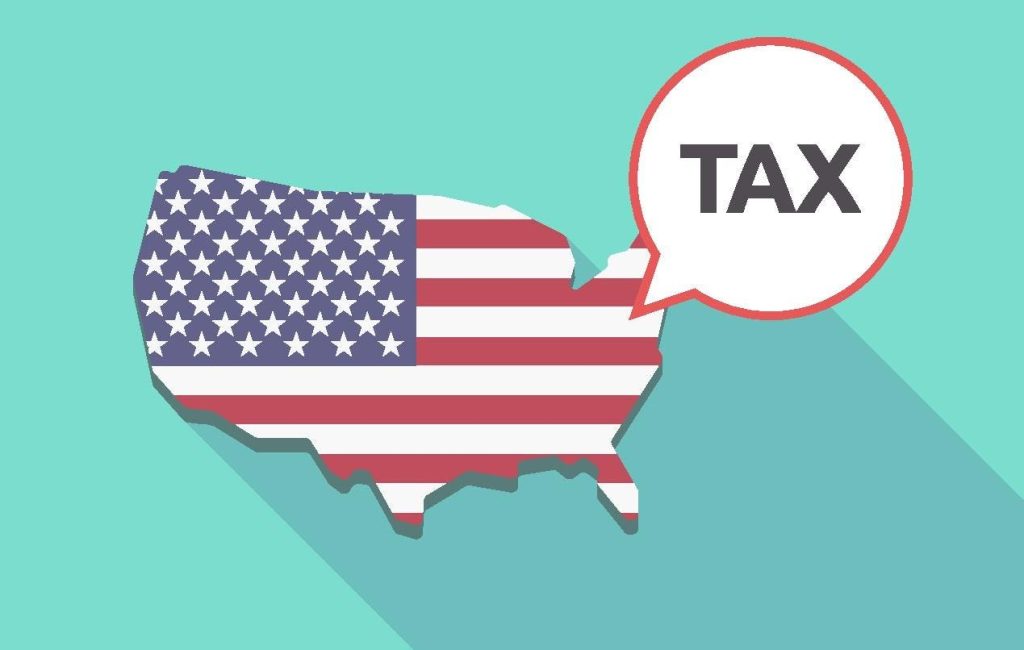2025 State Tax Policy Outlook: A Year of Fiscal Challenges and Policy Innovation
The year 2025 is poised to be a pivotal one for state tax policy, marked by a confluence of fiscal pressures, expiring federal tax provisions, and ongoing debates about tax fairness and equity. States face a complex landscape as they grapple with declining revenues stemming from the expiration of federal COVID-19 relief funds, previously enacted state tax cuts, and the potential for federal spending cuts. These financial constraints are juxtaposed against growing demands for investment in essential public services, creating a challenging budgetary environment for many states. Simultaneously, the looming expiration of key provisions of the Tax Cuts and Jobs Act (TCJA) adds another layer of complexity, requiring states to anticipate and adapt to potential changes in federal tax law, particularly regarding conformity with federal tax codes. This uncertain federal landscape further complicates state revenue projections and planning.
The potential extension of TCJA provisions, particularly those benefiting wealthy individuals and corporations, is expected to exacerbate income inequality within states. This raises concerns about tax fairness and may fuel calls for more progressive state tax policies to counterbalance the regressive effects of federal tax cuts. The discussion surrounding TCJA extension also has significant implications for state revenues, as Congressional Budget Office projections suggest a substantial reduction in federal revenue if these provisions are continued. This could lead to cuts in federal programs that states rely on, placing further pressure on state budgets and requiring them to find alternative funding sources or reduce spending on essential services like education, healthcare, and social safety nets.
Amid these fiscal challenges, states are also exploring innovative policy approaches to generate revenue and address tax equity concerns. The taxation of the digital economy, including digital advertising taxes, is emerging as a key area of focus. States are seeking ways to capture revenue from the increasingly digitized economy, mirroring efforts at the federal level. These initiatives reflect a broader trend toward taxing previously untaxed or under-taxed areas of the economy. The concept of taxing the exchange of user data for targeted advertising, as proposed in California, represents a novel approach to digital taxation that may be replicated in other states. This highlights the growing recognition of the value of data and its potential as a taxable asset.
Another area of policy innovation involves efforts to address corporate tax avoidance and profit shifting. Several states are considering adopting mandatory worldwide combined reporting, a more comprehensive approach to corporate income taxation that aims to prevent multinational corporations from shifting profits to low-tax jurisdictions. This reflects ongoing concerns about the ability of multinational corporations to minimize their state tax burdens through complex tax planning strategies. Other states are exploring alternative apportionment approaches and focusing on transfer pricing regulations to ensure that corporations pay their fair share of state taxes. These initiatives demonstrate a commitment to closing tax loopholes and enhancing the fairness and efficiency of state corporate tax systems.
Property taxes remain a contentious issue in many states, with growing concerns about rising property values and their impact on homeowners. Efforts to provide property tax relief, such as capping valuations or implementing tax swaps, are gaining momentum across party lines, reflecting the widespread nature of these concerns. The rising cost of housing, exacerbated by historically low interest rates during the pandemic, has led to increased property tax burdens for many homeowners. States are searching for sustainable solutions to address this issue without jeopardizing local government revenues that rely heavily on property taxes. The variety of approaches being considered demonstrates the complex nature of this challenge and the need for tailored solutions that address the specific circumstances of each state.
Finally, the taxation of digital products and services continues to be a complex and evolving area of state tax policy. While the Multistate Tax Commission is working to develop uniform guidance on this issue, states are currently taking a disjointed approach. The wide range of approaches, from broad to narrow, reflects the challenges of defining and taxing digital products in a consistent and equitable manner. The ongoing debate over the taxation of business inputs in the digital economy highlights the potential revenue implications of these decisions and the difficulty of reversing course once a particular tax policy is implemented. The push for greater uniformity and simplification in this area is likely to continue in the coming years, with potential implications for both businesses and state revenues.

